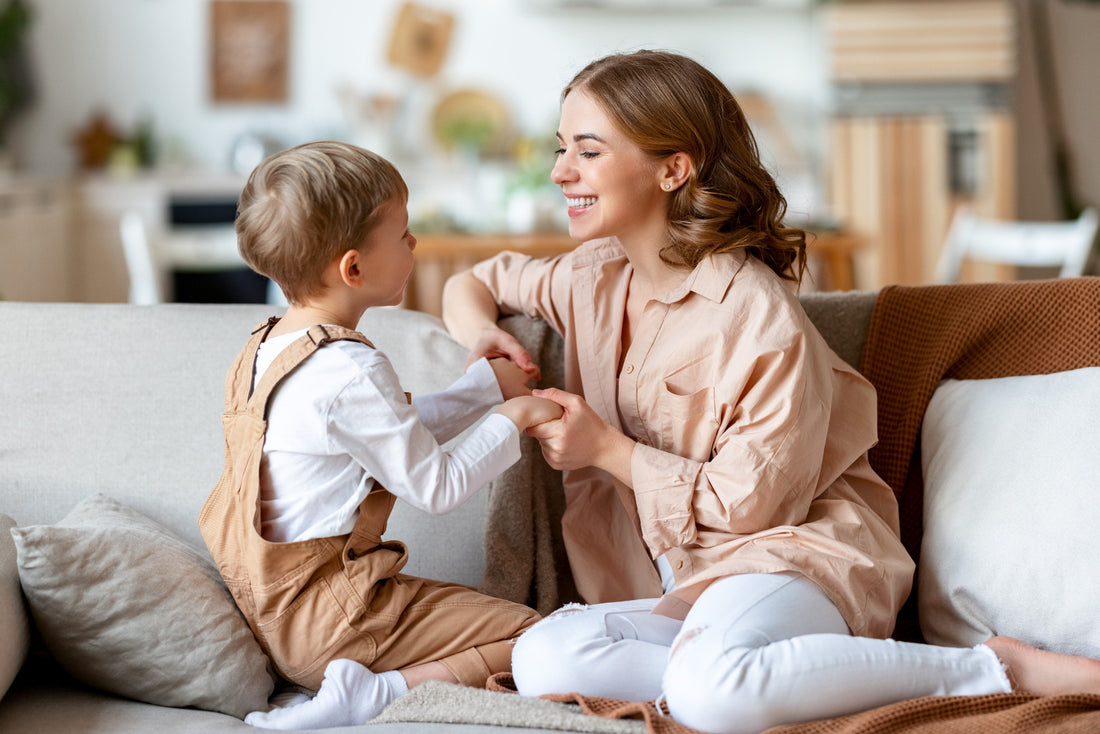How To Practice Active Listening With Your Children
| updated:Share

The world seems noisier than ever. So many things are demanding your attention: phones, emails, work, 24/7 news cycles, social media, and countless other distractions. Underneath all that noise is your child's tiny voice talking about a cartoon character they love or an interaction at school; the subject seems unimportant, but to them, it's everything. It is hard to tune out the world to focus on the one voice that matters most, but it is possible with active listening.
What is Active Listening?
On the surface, active listening is a communication skill, but when you dig deeper, it is a tool for developing meaningful relationships built on trust, vulnerability, and understanding. It is about listening to another person's words and seeking their intent and meaning.
Primarily, active listening is about engaged communication between two people. Age does not play a role. While your little one's story about My Little Pony or their Legos may seem unimportant or disgusting, it is necessary and exciting to your child, which is enough. Stay engaged and enjoy the dialogue.

Give Them Your Full Attention
One of the core elements of active listening is preparation. When your child comes to you with a story they cannot wait to share, take the time to separate from your current activity and give them your undivided attention.
Close your laptop, hang up your phone, stop prepping the veggies, and get ready to listen. If possible, sit down and communicate what you are doing — "Honey, let me close my laptop so I can give you all my focus."
Once settled into position, quiet your thoughts. You want to give your child your complete attention. Don't start thinking about the evening's chores or tomorrow's meetings. Tell yourself to settle, and then take in every word your child says.
Show That You're Interested
Active listening is about more than taking in words. You need to understand their meaning and why your child is expressing them. When you take in the whole message, it is easier to show interest in their story, which makes them feel heard and appreciated.
People communicate with not only their voice but also their bodies. When listening to your child, lean in and mimic some of their mannerisms. Also, smile and nod to encourage them to keep sharing.

Ask Good Questions
People often confuse silence with good listening. Communication is a two-way street, and understanding only comes from clarification. Questions are crucial to listening because they help the listener learn what the speaker expects.
For example, your child is talking to you about a problem at school. What do they want from you? Do they want a shoulder to cry on, or are they looking for solutions?
While you can sit back and guess what your child expects, you may be wrong, and being wrong can have consequences. It is best to ask questions that will provide insight and clarity.
Repeat & Summarize What You Hear
Active listening can sometimes take the form of call-and-response. Your child will give you information, and then you repeat that information to ensure you got the message.
You don't have to repeat what your little one says word for word; you can paraphrase, summarize, or even offer supportive interjections — "How fun!" The point is to show and prove that you are listening to what your little one is saying.
As the world gets noisier, active listening is a way to quiet it down and pay attention to the words and things that matter. Your child's well-being and health are all that matter.
Sources:
https://www.parents.com/parenting/better-parenting/advice/easy-ways-to-be-a-better-listener-to-your-child/
https://psychcentral.com/lib/become-a-better-listener-active-listening
https://www.verywellmind.com/what-is-active-listening-3024343


